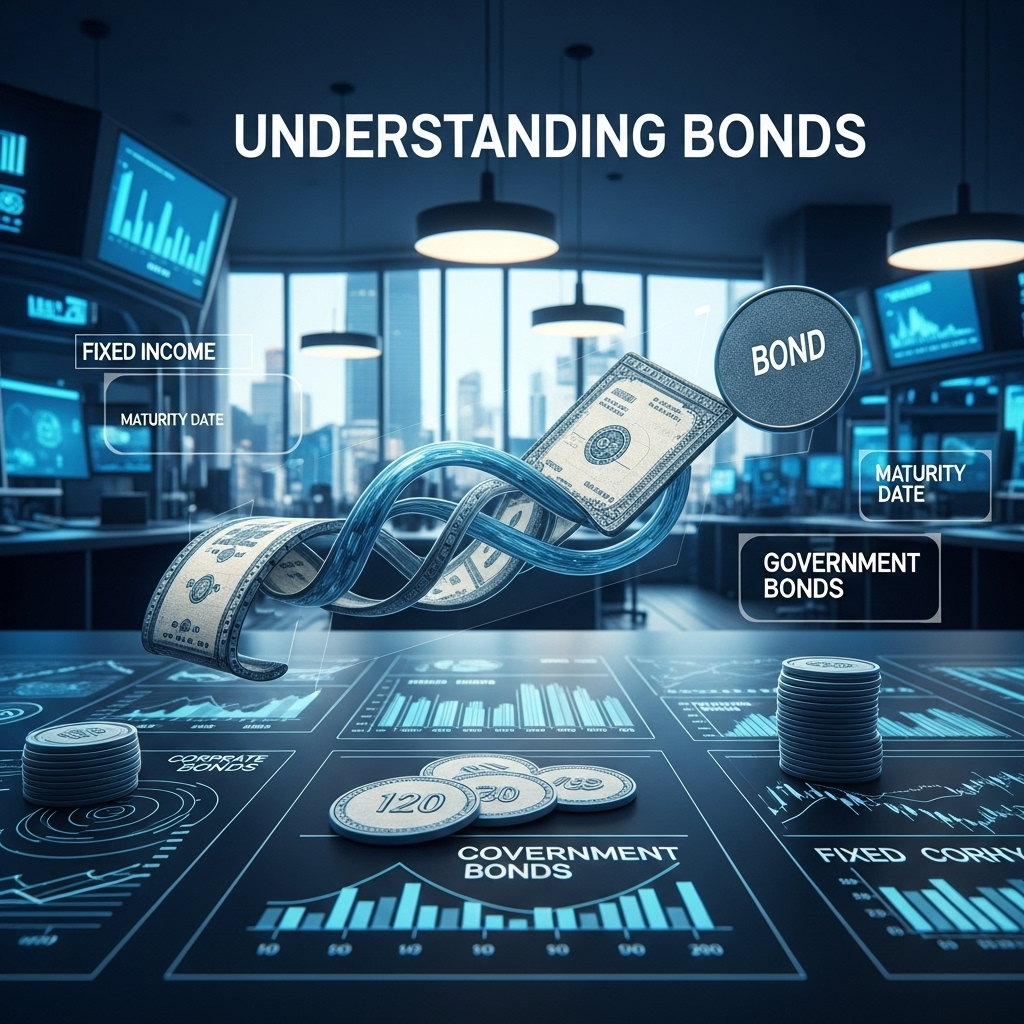There are a few things you should know before you start investing in bonds. If you don’t understand these factors, you may purchase the wrong bonds at the wrong maturity date.
When buying a bond, the par value, the maturity date, and the coupon rate are the three most crucial factors to take into account.
The amount of money you will get when a bond matures is known as its par value. In other words, when the bond matures, you will get your original investment back.
Naturally, the bond’s entire value will be realised at maturity. You will get your original investment back on this date, along with any interest that has accrued.
Bonds issued by corporations and state and local governments may be “called” before they mature, in which case the issuing government or corporation will reimburse your original investment plus any interest that has been accrued up to that point. It is not possible to “call” federal bonds.
The interest you will get when the bond matures is known as the coupon rate. This figure is expressed as a percentage; to determine the interest rate, you will need to use other data. Until it matures, a bond with a par value of $2000 and a coupon rate of 5% would yield $100 annually.
Many consumers are unaware of how to purchase bonds because banks do not offer them. This can be accomplished in two ways.
You have the option of going straight to the government or using a broker or broking firm to make the purchase for you. There may probably be a commission fee if you use a broker. Look around for the best commissions if you decide to use a broker!
Buying directly from the government is easier now than it was in the past. You can buy bonds through a programme called TreasuryDirect, and all of your bonds will be kept in a single account that you can easily access. By doing this, you can stay away from using a broker or broking service.
Discover more from TheHubBuzz.com
Subscribe to get the latest posts sent to your email.

